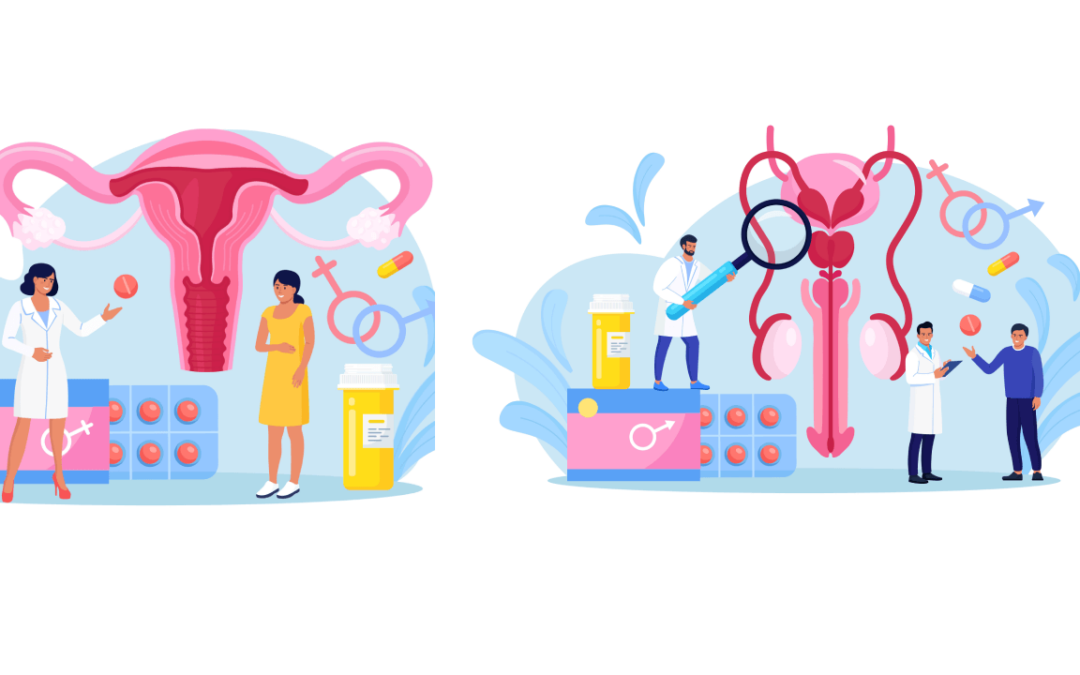The Hormones of Human Reproduction
Hormones play a vital role in regulating various bodily functions, including reproduction. In humans, the reproductive system is controlled by a complex interplay of hormones produced by the hypothalamus, pituitary gland, and gonads (testes in males and ovaries in females).
The Hypothalamic-Pituitary-Gonadal (HPG) Axis
The HPG axis is the regulatory pathway that controls reproductive function in humans. It begins with the release of Gonadotropin-Releasing Hormone (GnRH) from the hypothalamus, which stimulates the pituitary gland to release Follicle-Stimulating Hormone (FSH) and Luteinizing Hormone (LH). FSH and LH, in turn, regulate the function of the gonads.
Hormones of the Male Reproductive System
The primary hormones involved in the male reproductive system are:
– Follicle-Stimulating Hormone (FSH): Stimulates sperm production in the testes.
– Luteinizing Hormone (LH): Stimulates the production of androgens, such as testosterone, which promotes sperm production and the development of male characteristics.
– Testosterone: The primary androgen produced by the testes, responsible for the development of male characteristics, such as muscle mass, bone density, and sex drive.
Hormones of the Female Reproductive System
The primary hormones involved in the female reproductive system are:
– Follicle-Stimulating Hormone (FSH): Stimulates the development of egg cells (ova) in the ovaries.
– Luteinizing Hormone (LH): Stimulates ovulation and the production of estrogen and progesterone.
– Estrogen: Produced by the ovaries, estrogen stimulates the growth and maturation of egg cells, prepares the uterus for pregnancy, and maintains female reproductive health.
– Progesterone: Produced by the ovaries, progesterone prepares the uterus for pregnancy, maintains pregnancy, and stimulates the growth of breast tissue.
Oxytocin: The Hormone of Love-Lust-Labour-Lactation
Oxytocin is a hormone produced by the hypothalamus that plays a crucial role in social bonding, sexual reproduction, childbirth, and lactation. Often referred to as the “hormone of love,” oxytocin is involved in various physiological and psychological processes, including:
– Social bonding: Oxytocin promotes feelings of attachment and closeness.
– Sexual reproduction: Oxytocin stimulates uterine contractions during childbirth and helps regulate lactation.
– Childbirth: Oxytocin stimulates uterine contractions during labor.
– Lactation: Oxytocin helps regulate milk letdown and lactation.
References
https://www.yourhormones.info/students/topics/hormones-in-human-reproduction/
https://www.britannica.com/science/hormone/Hormones-of-the-reproductive-system
https://courses.lumenlearning.com/wm-biology2/chapter/hormonal-regulation-of-the-reproductive-system/

